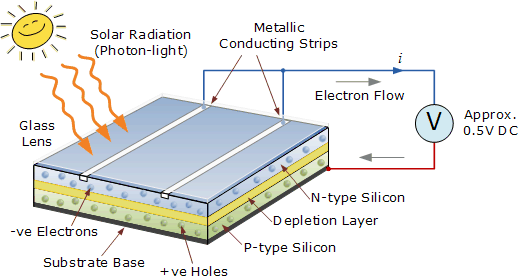Salisburytree
New Member
I'm full of questions ?
My home 240v charger uses 6 amps to charge my 100ah batteries. My solar charge controller is about to pump in 60 amps, this is a huge step up and leads me to wonder is this okay for my batteries (3x 100ah).
Of course charge time will be massively reduced in comparison to my humble 6 amp charger, which leads me to my next question... what does the charge controller so with all these volts and amps when the batteries are fully charged?
My charge controller for my wind turbine has a break which completely makes sence, no spinning no power, very simple concept. However we can't turn the sun off when its shining, where does that energy go?!
My home 240v charger uses 6 amps to charge my 100ah batteries. My solar charge controller is about to pump in 60 amps, this is a huge step up and leads me to wonder is this okay for my batteries (3x 100ah).
Of course charge time will be massively reduced in comparison to my humble 6 amp charger, which leads me to my next question... what does the charge controller so with all these volts and amps when the batteries are fully charged?
My charge controller for my wind turbine has a break which completely makes sence, no spinning no power, very simple concept. However we can't turn the sun off when its shining, where does that energy go?!



